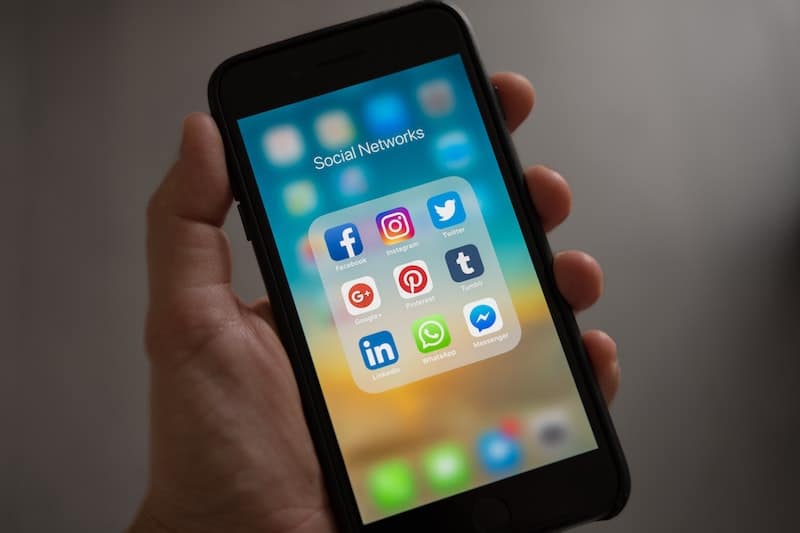5 Steps to Better Protect Your Personal Data on Social Media

Do you find yourself checking social media more than ever to pass the time? You’re not alone. According to App Annie—the company setting the standard for mobile data and analytics—all social apps have reported increased engagement as users look for ways to stay connected with the outside world.
App Annie adds that people spent 20 percent more time in apps in Q1 of 2020 compared to last year, largely due to the COVID-19 lockdown. Experts foresee these numbers continuing to increase as governments across the word implement more stringent social distancing measures.
The app holding steady at the top of the downloads chart is TikTok, followed by WhatsApp Messenger, Facebook, and Instagram.
Unfortunately, with an increase in time spent online, there is a heightened risk of cybersecurity scams. Here are five quick tips you can implement in minutes to protect your personal information, specifically when using social media apps:
- Update your password often, and make sure it’s something STRONG. Create a password that includes numbers, uppercase and lowercase letters, and special characters. And be sure you’re not using the same password across multiple social media accounts. That just makes a hacker’s life easier! BARR recommends using a password manager, like LastPass, if you can.
- Review your privacy settings. Take a few minutes to explore how you can limit your audience, set updated security questions and answers, and just go over the who, what, where settings. The tighter your privacy controls are, the smaller the chance of having your personal information hacked.
- Use multi-factor authentication. This adds an extra barrier between you and hungry cybercriminals. Enabling this is easy, and all it means is that you’ll be sent a unique code via a secondary channel (text, email, etc.) to input when logging into your social media account.
- Be careful when clicking on links in your social media messaging apps. Often, cybercriminals create phishing scams where they send messages from someone you’d expect to get a message from. You click the link and, boom, they have your info. Confirm the person sending you the message or friend/follow request is who they say they are, and not a hacker who has recreated their account so it looks familiar to you.
- Log off when you’re done. Easy, but important, especially when accessing social media accounts on unfamiliar or shared devices.
If you’re new to TikTok, this article shares the best settings for protecting your profile from hackers.
Questions about data protection or how your organization can strengthen its cybersecurity defense efforts? Contact us for a quick consultation.